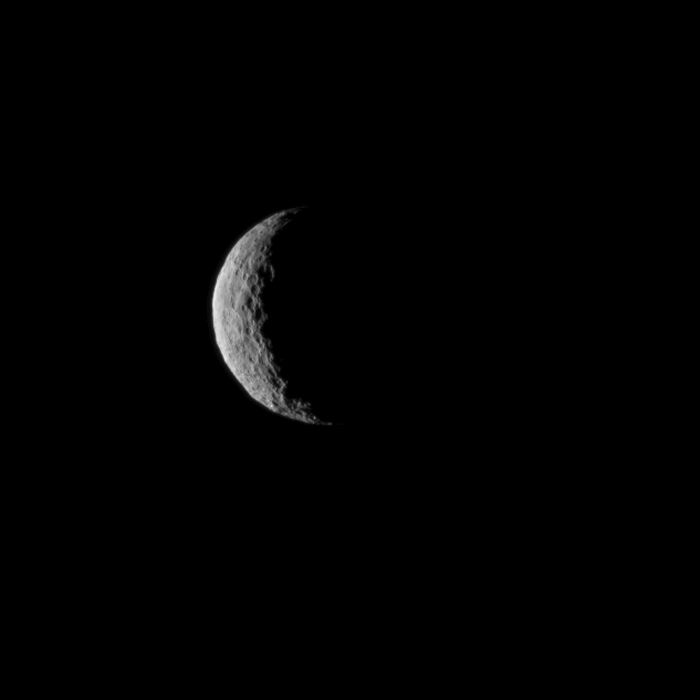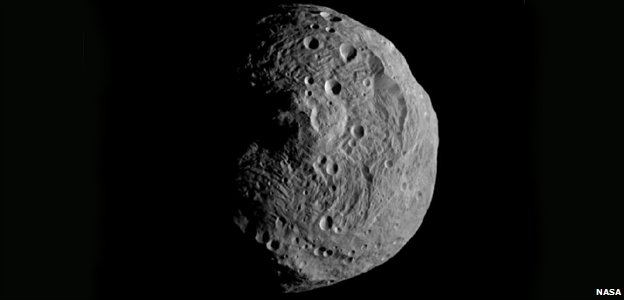Dawn over Ceres
On Friday afternoon [GMT], ahead of Ireland cricketers’ epic encounter with Zimbabwe, Nasa’s Dawn spacecraft became the first man-made object to go into orbit around a dwarf planet – Ceres, at 950km across, the largest object in the main asteroid belt. [Image credit: NASA/JPL-Caltech/UCLA/MPS/DLR/IDA] From the associated text The slim crescent of Ceres smiles back as the dwarf planet awaits the arrival of an emissary from Earth. This image was taken by NASA’s Dawn spacecraft on March 1, 2015, just a few …





